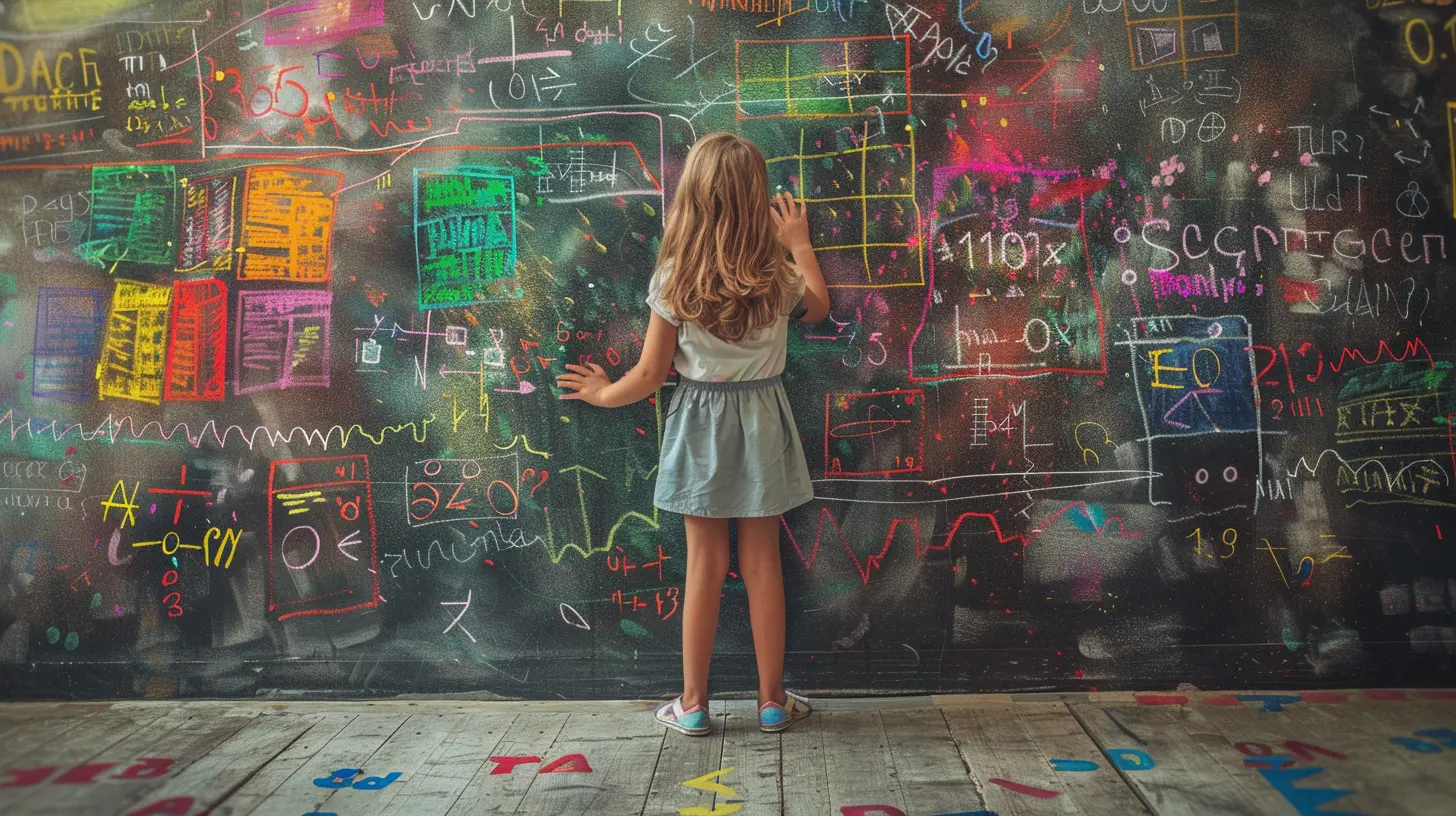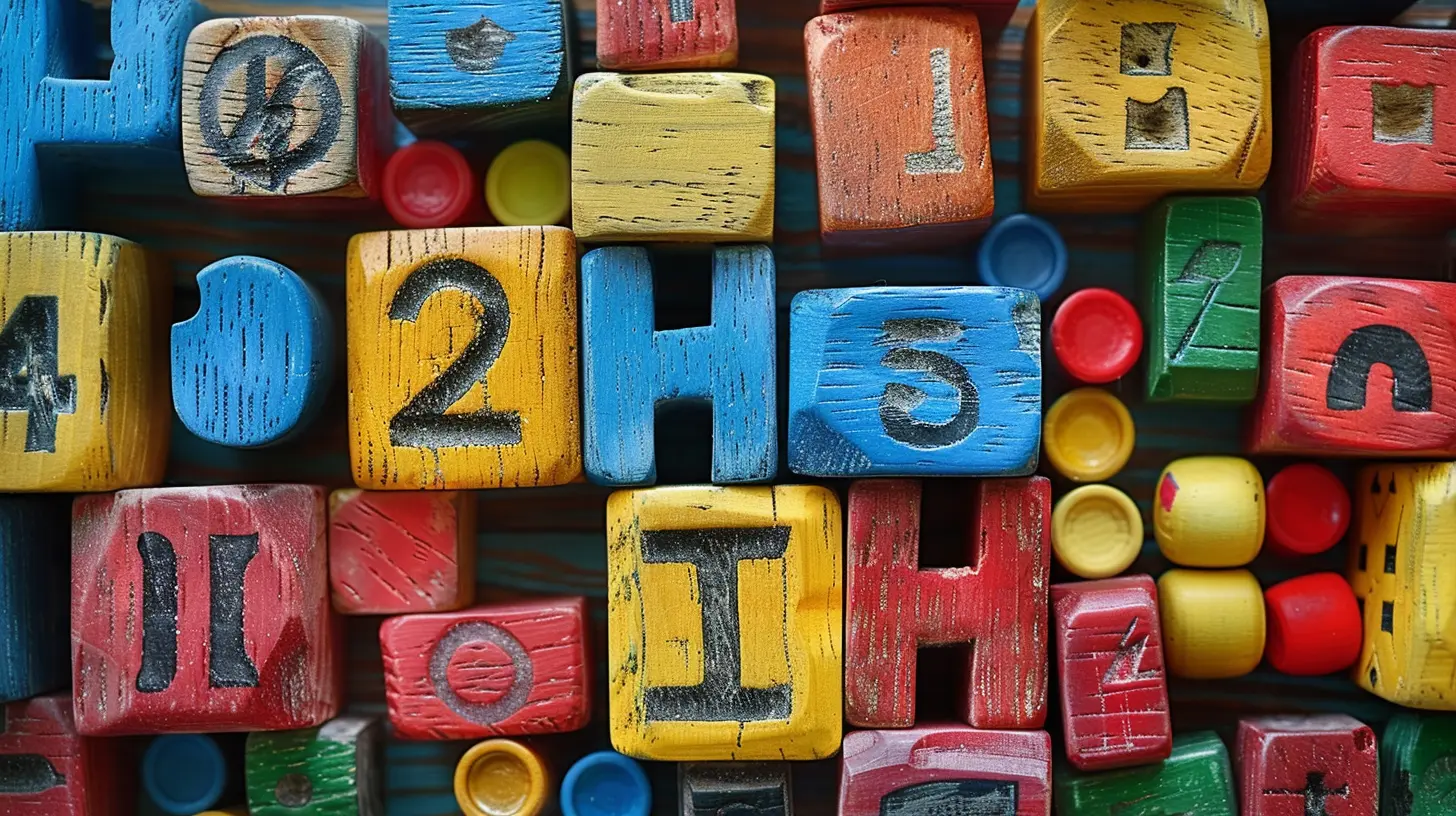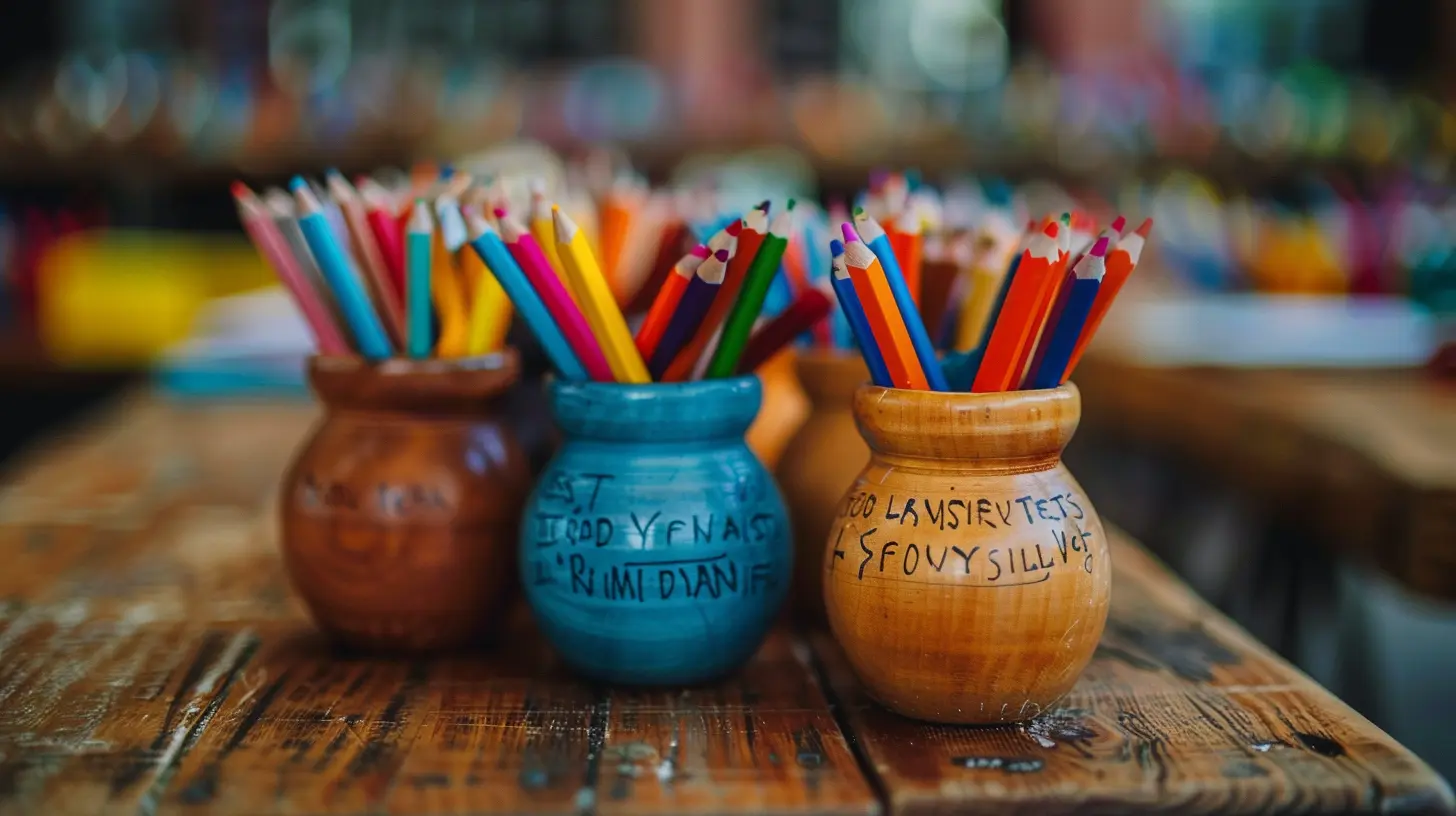Tips for Teaching Math to Visual and Kinesthetic Learners
29 August 2025
Let’s face it—math isn’t exactly a walk in the park for every student. Some kids breeze through equations like they’re sipping lemonade on a summer afternoon, while others sit, stare, and silently scream into the void of multiplication tables and algebraic expressions.
But here’s the secret sauce: not all students learn the same way. Some are visual learners—think charts, mind maps, and color-coded notes. Others learn by doing—they’re kinesthetic learners. They need to touch, move, build, and physically experience to understand concepts.
If you’ve got visual and kinesthetic learners in your classroom (and let's be real, you probably do), teaching math can feel like juggling flaming torches while riding a unicycle. The good news? You don’t need a magic wand. You just need the right approach.
Let’s dive into some practical, heart-centered, and brain-smart strategies you can use to make math meaningful, fun, and click for your visual and kinesthetic learners.
Understanding Visual and Kinesthetic Learning Styles
What’s a Visual Learner?
Visual learners absorb information best through images, diagrams, colors, maps, and spatial understanding. If they can see it, they can get it.Clues you’re teaching a visual learner:
- They draw pictures to help them remember stuff.
- They love charts, colors, and highlighted notes.
- They think in images more than words.
What’s a Kinesthetic Learner?
Kinesthetic learners, on the other hand, need movement. They learn by doing, touching, feeling, and physically exploring concepts. They’re the hands-on kids who can’t sit still for long, and that’s okay.Clues you’re teaching a kinesthetic learner:
- They fidget or tap constantly.
- They excel in sports, dance, or building things.
- They understand better when they do something with their hands.
Now that we understand the players, let’s talk strategy.
Why Traditional Math Instruction Falls Short
Picture this: a teacher standing at the whiteboard, jotting down numbers while the class passively stares at the symbols. Maybe some kids get it. But for visual and kinesthetic learners? It’s like trying to learn to swim by watching someone else do it. It just doesn’t stick.Traditional math instruction is often too abstract. Numbers and formulas float in space with no anchor. But when you bring in visuals and physical activities? Boom. Everything shifts. The brain lights up, the heart feels supported, and the “aha!” moments start rolling in.
Tips for Teaching Math to Visual Learners
1. Turn Numbers into Pictures
Math can be very visual—if you let it. Use graphs, charts, color-coded equations, and drawings to represent problems. Fraction bars, pie charts, and Venn diagrams can make abstract concepts very real.Try this: When teaching fractions, skip the lecture. Instead, draw a circle, divide it into slices, and shade the parts. Suddenly “3/4” becomes a picture they can see.
2. Use Color Like It’s Your Superpower
Colors help visual learners categorize information and spot patterns. Highlight different parts of equations, use colored sticky notes for math steps, or assign each variable its own color.Bonus tip: Use colored dry-erase markers during lessons. Let students choose their “math color” to take notes or solve problems.
3. Add Visual Mnemonics
Acronyms, mind maps, and doodles help information stick. Turn key concepts into memorable images. For example, use a rainbow ladder to explain order of operations (PEMDAS) or draw funny faces to explain geometry angles.4. Encourage Visualization
Before solving a problem, ask students to picture it. What’s happening in this word problem? Can you see it in your head? Encourage them to “see the math movie” playing out in their imagination.
Tips for Teaching Math to Kinesthetic Learners
1. Let Them Move
Kinesthetic learners need to move to learn. Give them opportunities to walk around, build models, or use their hands during lessons.Try this: Use body movements for math operations. Jumping jacks for addition, toe-touches for subtraction, and spins for multiplication. It might look silly, but it works.
2. Bring in Manipulatives
Hands-on tools like blocks, beads, number lines, and Legos are game-changers. They allow students to physically manipulate numbers and see how concepts work.Example: Use base-ten blocks to teach place value or borrow some playdough to build 3D geometric shapes. Tactile learning builds understanding from the ground up.
3. Use the Environment
Math doesn’t have to stay trapped in a workbook. Go outside and use sidewalk chalk. Create measurement stations around the classroom. Use furniture, floors, and even your own body to explore shapes and perimeter.Fun idea: Set up a “math scavenger hunt” where kids find and solve problems hidden in different parts of the room or playground.
4. Incorporate Rhythm and Music
Clapping, tapping, and singing help kinesthetic learners memorize facts and stay engaged. Turn multiplication tables into a song or create a “math dance” routine that incorporates steps for solving problems.Activities That Blend Visual and Kinesthetic Learning
You don’t have to choose one style over the other. The best lessons often integrate both!1. Math Art Projects
Combine math with creativity! Let kids create geometric art, graph designs, symmetry paintings, or mosaic patterns using math principles.Benefits: Visual learners get their color fix, and kinesthetic learners get their hands involved.
2. Interactive Math Journals
Encourage students to keep a math journal with diagrams, foldables, flaps, and pop-ups. They can review concepts, make notes in their own style, and reflect on what they’ve learned.Tip: Use glue sticks and scissors generously. The more tactile the better.
3. Math Stations and Rotations
Set up different learning stations around the room. Each station can target a specific skill or learning style. Let visual learners gravitate towards puzzles and charts, while kinesthetic learners build, move, or play.Idea: One station could be “Math Building Blocks,” another could be “Shape Sorting,” and another could be “Equation Artist.”
Connecting Emotion and Empathy in Math Learning
Let's hit pause for a second. Imagine you’re a child who hasn’t heard “you’re good at math” in a long time... maybe ever. Now imagine someone says, “I see how your brain works, and I'm gonna teach you in a way you understand.”That’s powerful. That’s empowering.
Math isn't just about numbers. It's about confidence. When we honor how our students learn—when we really see them—we build more than math skills. We build trust, motivation, and self-worth.
Teaching with compassion means we’re not just saying, “Here’s how to do it.” We’re saying, “Let’s figure this out together.”
Practical Tools and Resources You Can Use
Here are a few classroom-friendly tools that can make your planning easier and your teaching more visual and kinesthetic-friendly:- Geoboards & Geometry Sets – Great for visualizing shapes, angles, and area.
- Math Dice & Number Cards – Perfect for quick games and hands-on calculations.
- Apps like GeoGebra or Math Learning Center Tools – Interactive and colorful!
- Whiteboard Tables or Writing Surfaces – Let them write and draw all over.
- Anchor Charts and Visual Posters – Keep them around as reference.
Even if you’re working with limited resources, simple hand-drawn charts or DIY materials can go a long way!
Final Thoughts: Teaching the Way Kids Learn
Teaching math to visual and kinesthetic learners doesn’t have to be rocket science. It does take patience, creativity, and a willingness to switch gears. But when you do—it’s magic.Math becomes less of a monster and more like a puzzle waiting to be solved. Kids start to believe, “Hey, maybe I can do this.”
You’re not just teaching math. You’re unlocking doors. You’re lighting up brains. You’re making kids feel seen. That? That’s everything.
So pull out the colored markers, get some movement going, and teach from the heart—because when we teach the way kids learn, everyone wins.
all images in this post were generated using AI tools
Category:
Math SkillsAuthor:

Bethany Hudson
Discussion
rate this article
1 comments
Rivenheart McCaw
This article offers practical strategies for engaging visual and kinesthetic learners in math, which is often overlooked. By incorporating visuals and hands-on activities, educators can make math more accessible and enjoyable. Emphasizing creativity in teaching methods can significantly enhance understanding and retention. Great insights for any math teacher!
September 20, 2025 at 2:34 AM

Bethany Hudson
Thank you for your insightful comment! I'm glad you found the strategies helpful for engaging visual and kinesthetic learners in math. Your emphasis on creativity is spot on!


